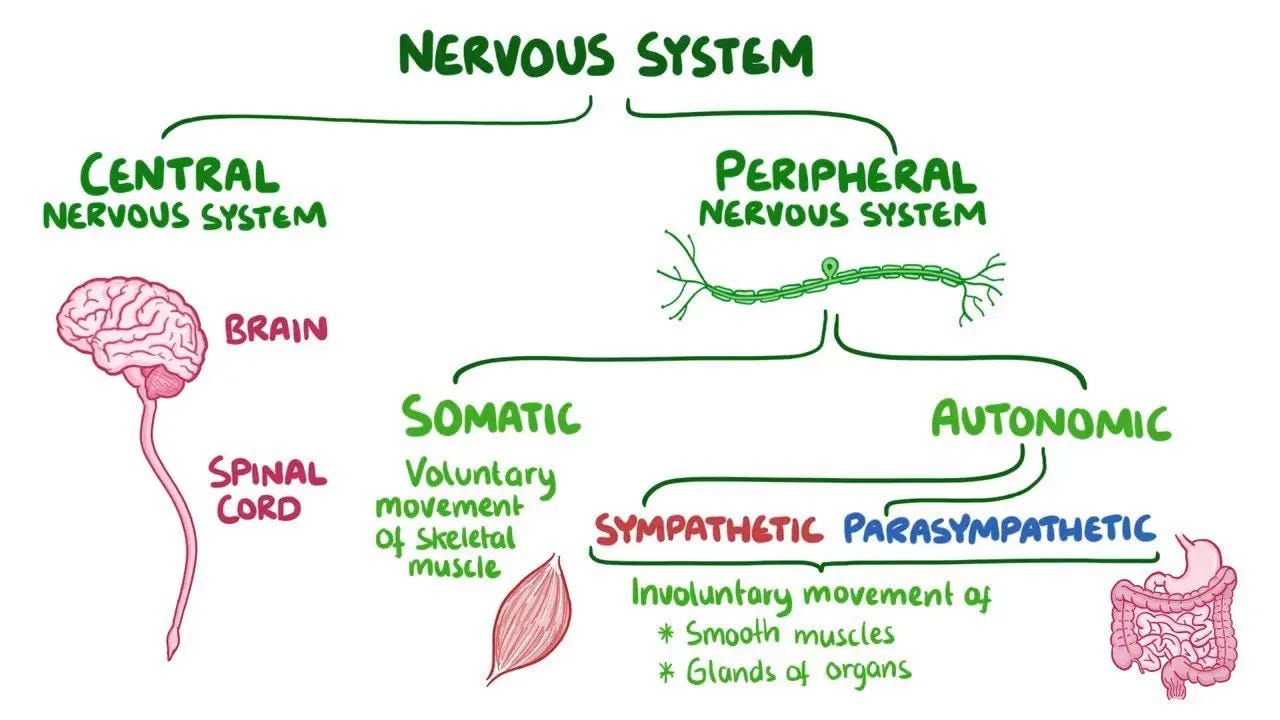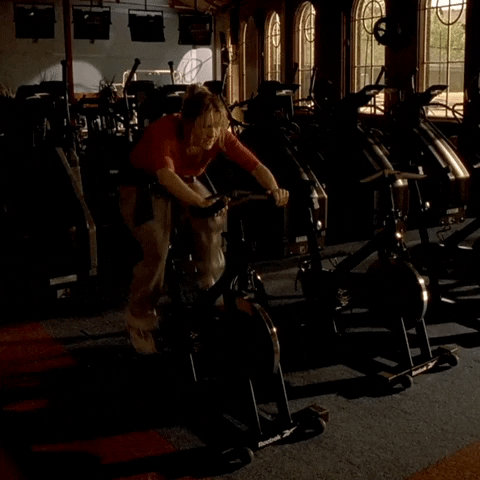Your body knows that you're stressed. So why are you ignoring it?
Molly Taylor, Founder of Fuck Off Russell
In today’s post, Molly, founder of Fuck Off Russell and co-founder of Famn, takes to the keyboard to talk about stress — and why your gym routine might be making things worse.
It was a stressful working week and I was on my way to a 1Rebel class, aka the mother of all HIIT sessions.
As I got off the train at 7:58, stepping out of Blackfriars Station into an icy, grey cloud of rain, I thought to myself, “I feel terrible!”
Despite skipping my usual morning coffee, my heart was racing. I was struggling to catch my breath, and, even in the freezing February air, my palms were sweating. On the journey into town, my to-do list had been swirling around my mind; too much to do, too little time. I was oblivious to anything going on around me, as if I had put on a pair of blinkers.
I could feel all of this…so, why did I ignore it? Rather than skipping the session, taking a nice long shower at the gym, and getting on with my day with compassion and care, I did the session and felt significantly more anxious for it.
As I had walked the fifteen or so minutes from the station to the gym, I had rationalised that intensely burning off some nervous energy was exactly what my body needed. Not only that, but it would be a complete waste of money to not do the session, and that compared to my pre-Covid 6am starts, I was already being compassionate to myself. Hah!
Let’s look at the science
The signs my body was sending me were all coming from my Autonomic Nervous System (ANS) — a brilliant piece of evolutionary design that controls the majority of our ‘automatic’ bodily functions (think digestion, heart rate, respiration, perspiration, blood pressure, etc.).
It also enables our ‘fight or flight’ response to threat and, conversely, is the system that allows us to rest and relax.
Image credit: Osmosis.org
The Autonomic Nervous System is split into two parts: the Sympathetic and Parasympathetic Nervous Systems (SNS and PNS).
The Sympathetic Nervous System is our stress response, well known as ‘fight or flight’, and how we respond to a threat. But also, on a more subtle level, it’s the system that wakes us up in the morning and gives us energy to go about our day.
The Parasympathetic Nervous System (PNS) is sometimes called our ‘rest and digest state’ or ‘tend and befriend’. This is a place of healing, of rest and relaxation. When our PNS is dominant, our immune system can function well, and we have a feeling of ease with the world.
Less SNS, more PNS?
It is not a case of the SNS being bad, and the PNS being good. We need both to survive. However, problems start to emerge when one side becomes overly dominant, and in our Western culture, particularly for those of us living busy lives with demanding jobs, we are too often in Sympathetic overdrive.
That’s exactly what was happening to me the morning of my HIIT class; the responses in my body were all pointing towards my SNS firing up. I was, after all, under attack — albeit not from a sabre-toothed tiger or a marauding lion, but from my own inner critic, fuelled by a stressful week.
When this sense of being attacked is underway, two sub-systems of the SNS come into play: the adrenal cortex and HPA Axis. These systems are responsible for the release of adrenaline and cortisol. Paradoxically, excessive release of cortisol can actually damage the part of the brain responsible for switching off the cortisol tap, meaning we can become more stressed without relief. This flooding of cortisol, due to hippocampal damage, is often referred to as Chronic Stress Syndrome.
Should we exercise when we’re stressed?
In times of great stress and anxiety, intense exercise can feel like a really good way to burn-off excess energy, to ‘get rid’ of the stress in a manageable way. But despite this perceived effect, what we’re actually doing is firing up the SNS even more, further increasing the levels of adrenaline and cortisol in the body. In other words, intense exercise can directly increase our level of anxiety.
In fact, we’d probably be far better-off meditating for twenty minutes, or doing some yoga, an activity which has been proven to significantly reduce cortisol levels in the body. The tricky thing is, when we’re feeling the activation that sympathetic arousal brings, slowing down can be the hardest thing of all.
So, why is this? Why do we resist the signs that we need to slow down, and instead crave more of what is causing the problem? For one, as part of the chemical process behind the sympathetic stress response, we also release Dopamine — the happy hormone. This release, in tandem with adrenaline and cortisol can ‘trick’ our bodies into craving the stress, to becoming addicted to stress. Ever thought of yourself as a workaholic? Someone who thrives on being busy? Perhaps this is partly responsible.
On that grey, rainy morning, the last thing I wanted to do was slow down, sit quietly and turn my attention inwards. I wanted to push myself, to run, even if this would add to my stress in the long term.
Being able to push ourselves hard, be it physically or in other ways, is an important part of being a healthy and successful human being — but being able to discern when we need to rest and recover is also essential and, often, can be much harder.
Of course, it’s taken writing this article for me to properly listen to what my body has been trying to tell me…and on that note, I’ll be taking a well-deserved holiday.
Over to you
Do you find it easy to listen to your body when you’re stressed? Or have there been times when you’ve ignored the signs and made things worse? I’d love to hear from you in the comments.
To get Molly’s essays, plus knowledge, tips and resources from Fuck Off Russell, delivered straight to your inbox, don’t forget to subscribe.
Know someone whose cortisol levels need to hear this? Send them this newsletter.







